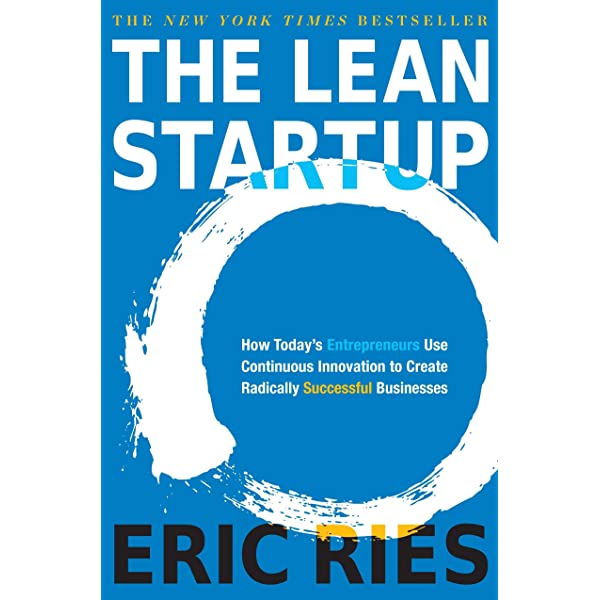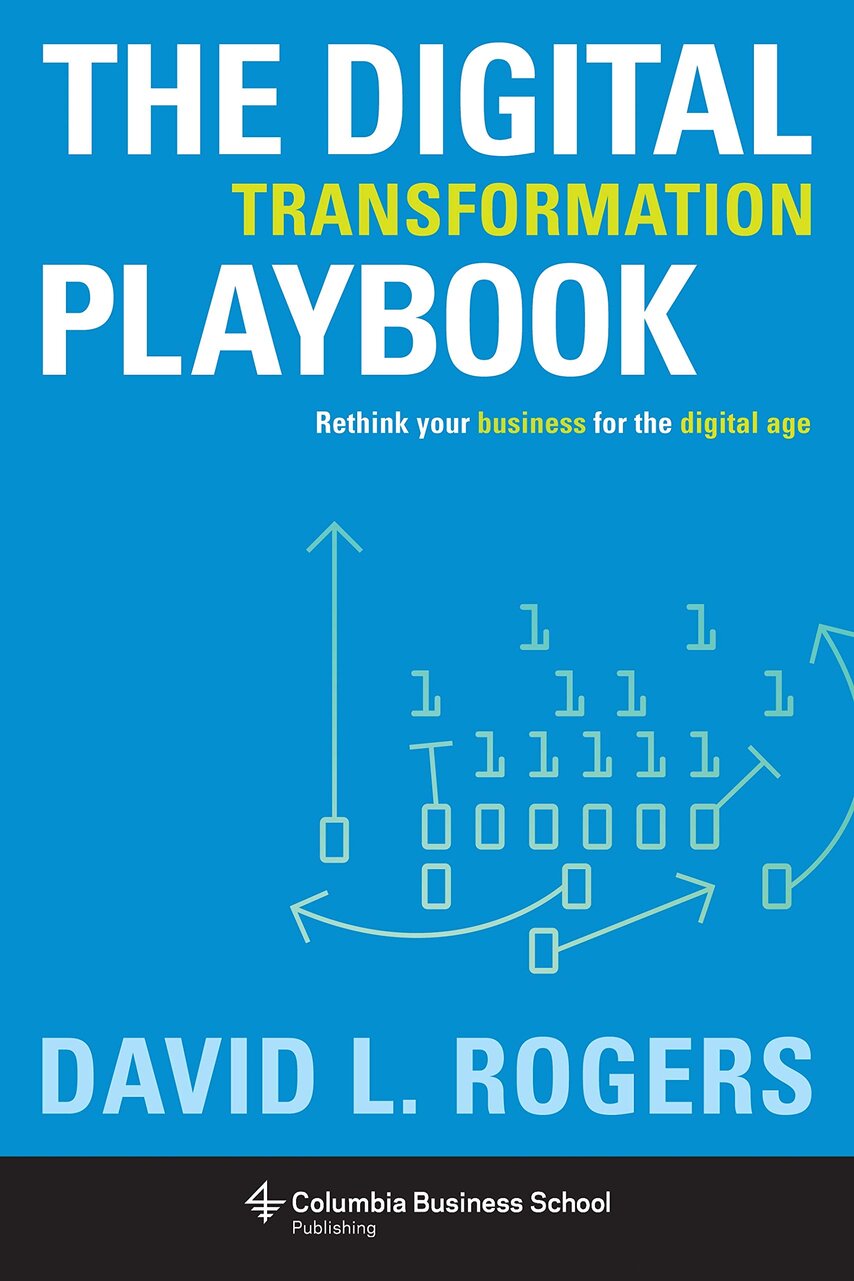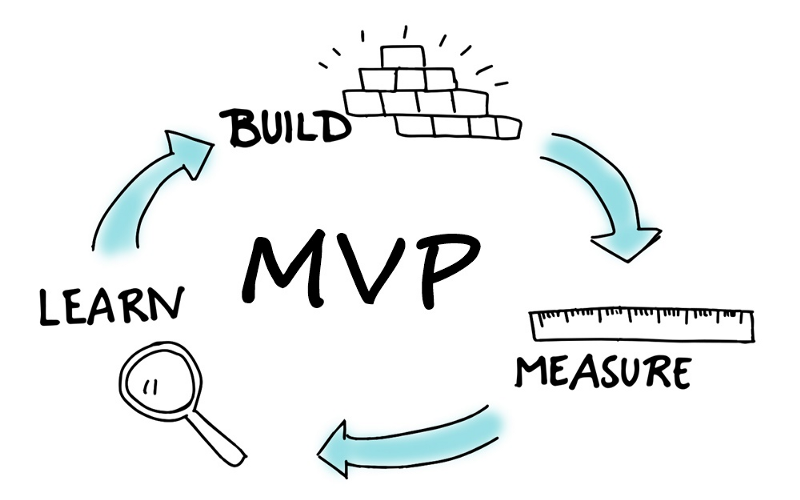“If you aren’t embarrassed by your first product release, you’ve released it too late.” - Reid Hoffman, Co-Founder of Linkedin
A Minimum Viable Product (MVP) is that version of a new product which allows a team to collect the maximum amount of validated learning about customers with the least effort. An MVP is a product version with enough features for customers to provide feedback for future iteration and development. The concept of the Minimum Viable Product was popularized by Entrepreneur and Author, Eric Ries in his book: The Lean Startup: How Today’s Entrepreneurs Use Continuous Innovation to Create Radically Successful Businesses. 1

Contrary to traditional product development, which usually involves a long, thoughtful incubation period and strives for product perfection, the goal of the MVP is to begin the process of learning, not end it. Unlike a prototype or concept test, an MVP is designed not just to answer product design or technical questions. Its goal is to test fundamental business hypotheses. 1
Unlike a prototype or concept test, an MVP is designed not just to answer product design or technical questions. Its goal is to test fundamental business hypotheses.
A minimum viable product (MVP) helps entrepreneurs start the process of learning as quickly as possible. It is not necessarily the smallest product imaginable, though; it is simply the fastest way to get through the Build-Measure-Learn feedback loop with the minimum amount of effort. 1
“If you aren’t embarrassed by your first product release, you’ve released it too late.”
As the co-founder and former executive chairman of Linkedin, Reid Hoffman often said “If you aren’t embarrassed by your first product release, you’ve released it too late.” Why? Because you need to test a real product with real customers as soon as possible—basically the moment you have a bare-bones version.
But the point of releasing ASAP isn’t speed for speed’s sake. It’s to get data from your customers—while you still have enough time to use that data to make improvements. Then you build again, and test again, creating a feedback loop that allows you to continuously improve. And not just a handful of times.
Don’t fear imperfections in software products. They won’t make or break your company. What will make or break you is speed—how quickly you’re able to build things that users actually love. So learn to live with the small embarrassments that come with releasing something that isn’t perfect. 2

David L. Rogers, Faculty Member at the Columbia Business School, highlighted the Four Paths to Scaling Up an Innovation in his book, The Digital Transformation Playbook: Rethink Your Business for the Digital Age 3. He writes:
Companies like Google are famous for launching products as an explicitly incomplete beta to get user feedback on how to finalize the design. Pierre Omidyar launched eBay after coding the first version of its website in three days. This is a classic example of the start-up philosophy of launching a minimum viable product directly to consumers—in essence, running the process of experimentation in the public eye.
“But launching an MVP is not an option for every company or every innovation. If you are Ford Motor Company, you can’t put an MVP for a new car on the road for customers to buy while you are still testing its market fit.
There are four general paths for scaling up an innovation to a full release. To understand which path you should take, you need to answer two questions:
- Can you iterate this offering quickly after launch? For software products, iteration is generally easy via online updates. For services, iteration is also often possible (e.g., launching a new sales process that you can adapt based on feedback). However, for physical products or physical designs such as retail environments, rapid iteration after launch is rarely an option. If your innovation is heavily dependent on partners or constrained by regulations, you may also not be able to iterate quickly.
- Can you limit your rollout to stages, or does the innovation have to be released to all customers at once?
You may be able to limit the rollout of an innovation to specific locations (e.g., a retail design or a local service). You may be able to limit it to a subset of customers (e.g., by invitation only). You may be able to limit the duration of a new offering (e.g., a holiday menu item or a limited prerelease of your next video game). For other projects, though, it is will be necessary to offer your innovation immediately to anyone who is interested.

The Four Paths to Scaling Up an Innovation
Your answers to these two questions will place you in one of four quadrants:
MVP Rollout
This is the easiest path for introducing an innovation because you can start your rollout with a limited test market and then iterate rapidly as you gain additional feedback from customers. In these cases, you may bleed right from your minimum viable prototype into actual product development. That is, your first public release will be a minimum viable product offered to a limited set of customers. The relative ease of this path is one upside to being a little-known start-up: you can iterate and learn with real customers without much public scrutiny.
MVP Launch
The second path for scaling up is harder. In this quadrant, your business is forced to iterate very quickly after launching your innovation because you are not able to able to effectively limit the scope of the launch. (As a result, your first release could make a lasting impression on a larger audience.)
Polished Rollout
The third path for scaling up is also harder than the first—but for different reasons. In this quadrant, you are able to launch your innovation in limited locations or for limited customers, but you cannot quickly iterate it once it is public. It therefore needs to be much more polished at the point of release.
Polished Launch
The fourth path for scaling up a new innovation is the hardest of all. In this quadrant, you must offer your new innovation to all customers at once, and you are unable to iterate it quickly. This creates maximum pressure for your company to polish and carefully test an innovation before its public release.
Looking to build your successful tech Startup? Join our 12-week cohort of tech startups for Black founders by Black industry experts.
